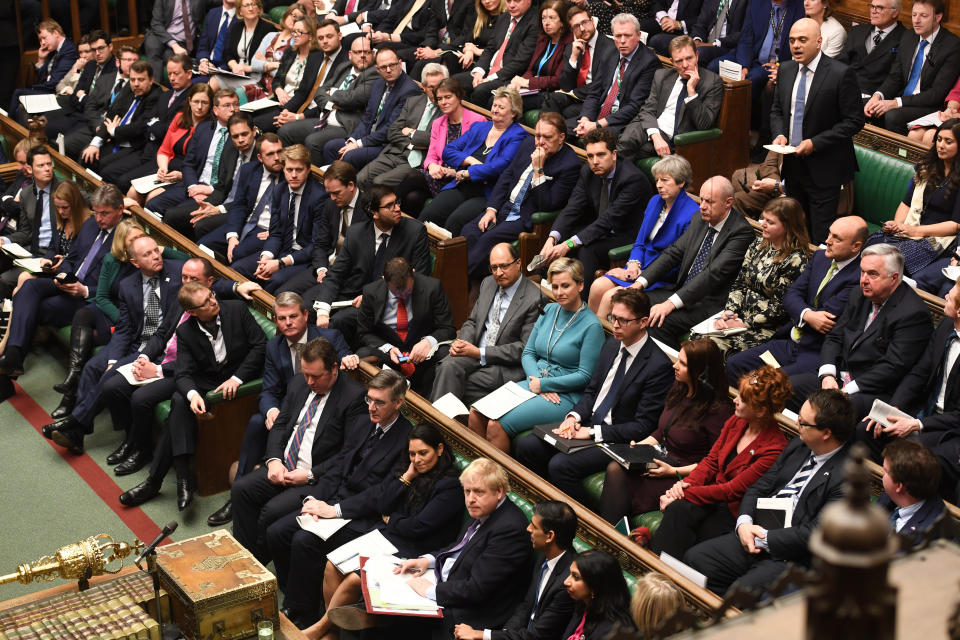The stats that remind us why the UK needs International Women's Day

As the world marks International Women’s Day on Sunday, the main theme of the global drive will no doubt see the hashtag #EachforEqual trending online.
But when it comes to women in the UK in 2020, how equal are things?
Here are some of the areas where things still need to change for women in the UK.
Pay and job roles
When it comes to how much they get paid, women can expect to earn quite a bit less than men on average over their lifetimes.
According to figures in the Office for National Statistics’ Human Capital Estimates report, women are paid £380,000 on average over their lifetimes compared with £643,000 for men.

It also found that women with a master’s or PhD degree earned a third less over their lifetimes than men with the same qualifications.
On top of this, the 2019 Hampton-Alexander Review on gender and corporate leadership revealed that of the 100 biggest companies in the UK, just six had female CEOs.
Domestic violence and crime
According to the Office of National Statistics (ONS), roughly 7.9% of women suffered domestic abuse in England and Wales in 2018 - compared to around 4.2% of men. That is roughly equivalent to 685,000 male victims and 1,300,000 female victims.
In February, the ONS also revealed that the number of women killed by a current or former partner had risen by nearly a third.
According to the figures, 80 women were killed by a partner or ex-partner in the year to March 2019 - up 27% from the previous year.
Politics
Currently the proportion of female MPs in the House of Commons stands at 34% - 220 out of 650 - which is an all-time high.

However, things could be much better. Internationally, the UK is currently 39th in the world in terms of its proportion of female politicians.
According to the Parliament website, Rwanda has more than 61% female representation while Cuba and Bolivia also have a majority of women in parliament.
Similarly, six of the current members of the Cabinet are women (27%) - down from the highest proportion of women in Cabinet which was 36% between 2006 and 2007.
Sport
According to an annual salary survey of salaries by Sporting Intelligence, in the UK, players in the FA Women's Super League were paid an average of £26,752 a year while Premier League stars earn an average of £2.64 million.

In December 2019, a report also found that half of all professional sports clubs in England had no female representation on their boards, and just 8% of board members at professional English sports clubs were female.
The research, conducted by Farrer & Co and reported by Telegraph Sport, found that football clubs had the lowest gender equality, with just 7% female representation on boards.
The Health Service
In the UK, 45% of doctors are women, but according to the Royal College of Surgeons, the ratio of male to female consultant surgeons in the UK is approximately 8:1.

Additionally, GPs have one of the worst gender pay gaps of any profession, with women GPs earning an average of £40,000 a year less than their male colleagues.
Researchers blamed the 35% pay gap on the choice by men to operate as private contractors with the NHS, running their practice as a business.

 Yahoo Finance
Yahoo Finance 
